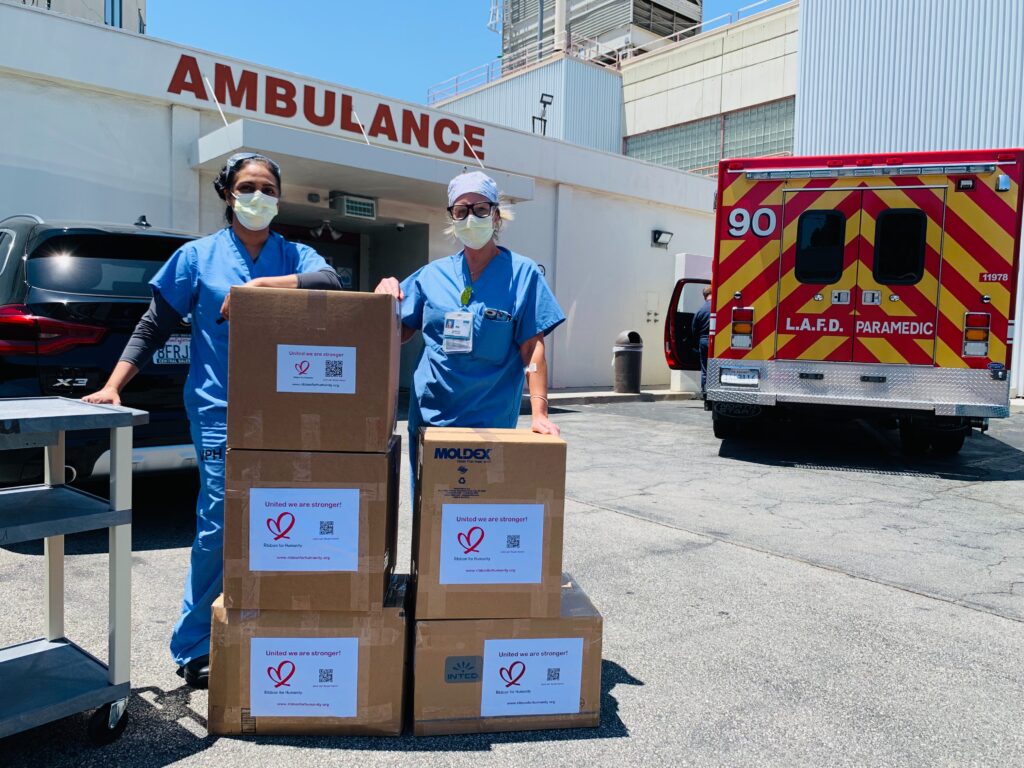The health care system of a country is a critical thing to consider as it directly affects the economy of the country. Healthy manpower ensures handsome incorporation of a lot in an economy, so states flourish subsequently. As the famous saying goes: “HEALTH IS WEALTH”, the same way a potent health care system brings a profitable economy along with strengthened economies guarantees substantial qualities of coping up with inflicting predicaments. Pakistan inherited a totally scant health care system that was a heritage of the grand British Period. Two types of systems prevail in Pakistan. The vertical system, providing the cure for specific health conditions is scarce as opposed to the horizontal system that is meant to provide prevention and care for recurrent health problems.
The health care system of Pakistan consists of the public and the private sector. The private sector serves nearly 70% of the population, and the public sector feeds remaining. Pakistan is a low economy country, as according to the Human Poverty Index (HPI), it ranks 65th among 102 developing countries. Only 27% of the whole population is benefited from all the health-related facilities, whereas the remaining is deprived of all the essential prerequisites.
Pakistan has one of the lowest Public Health Expenditures as a percentage of GDP in the world barely less than 1% of the GDP has been announced for the health sector for years. In 2019, 12,671 million rupees were allocated for development in the health sector. The health sector is facing severe challenges, and this is the most reliable call to spend the most significant portion of the economy onto it. The primary source of health financing is general taxation, whereas the secondary sources are: the external NGOs, private insurance, government revenues, world funding, and developmental partners.
The meager healthcare workforce makes it difficult to deal with abrupt crises. Woefully Pakistan is one of the 57 countries with critically insufficient Human Health Resources. In Pakistan, the doctor to patient ratio is 1:1300; nurse to patient ratio is 1:20, and the doctor to nurse ratio is 1:2.7.
Facilities in our healthcare system are so debilitated as we can hardly bear the deadly challenges: cleanliness problems, lesser medical types of equipment, the skimpy human health workforce, incapacitated financial segments, the population load, shortage of the beds and many more, unfortunately, are the normal day inadequacies, and then came the lethal CORONAVIRUS – the invisible threat and the silent question mark for many.

For efficient handling of sudden outbreaks, strong policymakers and robust health care departments are needed. The countries that are already collapsed came to the swallowing edge in challenging circumstances. So, Prevention is the only tool for the states with a collapsed healthcare system. Further policymakers should make “Awam Dost Policies” so that awam (population/nation) could easily cope up with the abrupt outbreak.
The world is like a playground for viruses like the novel coronavirus that emerged as Covid-19. An infection expert wrote in the New England Journal of Medicine:
“We must realize that in our crowded world of 7.8 billion people, a combination of altered human behaviors, environmental changes, and inadequate global public health mechanisms now easily turn obscure animal viruses into existential human threats.”
This virus is as ingesting our health system as termite eats wood down to its roots. CoronaVirus is rapidly spreading like a pandemic and is shedding a merciless light on the failing healthcare system of Pakistan.
Overburdening the already overburdened system is a real catastrophe. .
Following are the some key issues that are calling to be addressed: Limited Primary Care Capability: Many people lack access to affordable primary care. In the face of an epidemic, primary care providers are supposed to be the first line of defense: they can offer first-hand advice and may save the emergency rooms from being flooded with the patients who don’t need to be there – this will certify the immediate assistance to the ones who really deserve it. Closure of OPDs (Outpatient Departments) is causing many difficulties to the patients with non-Covid-19 ailments as there’s no center anymore for their health consultations.
The dearth of Isolation in Isolation Centers
As the number of Covid-19 patients is increasing day by day so the space to manage all of them is becoming less. Accommodation of a large count of patients in too little space is itself elevating the risk. So, it’s quite rare for infected persons to get recovery even in isolation centers.
Limited Availability of Healthcare Professionals
The doctors, the pharmacist, the nurses, the paramedic staff, and other personnel are confined within hospital vicinity, and open-access is not available. Increased patient load is an alarm over the financial segment of our health system.
Increased Demand
The demands for beds, PPE (personal protective equipment), and healthcare workers are also on the surge. Because of this deadly virus, the PPE can’t be reused. So, there is a need of an hour to disinfect every zone and domain of the hospital at every opportune.

Financial Damages
The initial economic losses in different sectors have been estimated at 5 billion rupees, as assessed by the Asian Development Bank (ADB). Drops in Gross Domestic Product (GDP) growth is observed because of more biasedness of the finances towards the health sector and disruption in food supplies etc. The country’s GDP expected loss is 10 %, which is around 1.1 trillion rupees due to disruptions caused by corona. Karachi, a major financial center with a population of around 20 million people, is expected to face a major revenue loss due to the lockdown of up to 380 billion rupees.
The call for the ventilators
The management of severe cases requires assisted ventilation and support. Both the public sector and private hospitals have a very small number of ventilators, which will be deficient in the case of an exponential surge in new cases of coronavirus. The hospital capacity and factors within the hospitals, such as the number of available beds for complicated COVID-19 patients and ventilators in intensive care units, are crucial factors in making the strategies and efforts less effective. The total number of working ventilators, according to sources, is 1650 for a population of 212.8 million with the situation varying from province to province.
Ventilator requirements is a huge stress on the health systems of developed and resource-rich nations. Pakistan, being a resource-poor country with a weak health system, is subject to catastrophic impacts in case of an outburst of cases, like in Iran and Italy. All affected countries worldwide are doing an urgent stocktaking of ventilators in their health system records. Providing ventilators in proportion to numbers of serious and complicated patients is even challenging for the well-resourced health systems of the world, as in the United Kingdom’s National Health System and in Italy.
Testing kits
The major complication that emerged due to this Virus outbreak is the demand for testing kits. The question on the reliability of the test can cause many problems like if a patient gets false-negative results of his test then he may, unintentionally, infect others.
Concluding every difficulty we are facing today due to this pandemic, we, as a nation need many efficient policymakers to combat this deadly virus and to make our country totally virus free. We also need to add to our finances to get more equipment to manage the situation. The need of the hour is to get ourselves ready to cope with all the incoming crises. Obviously, in a state like Pakistan, it is very difficult to deal with such sudden happenings, so for this, we have to properly use the finance allocated for the health sector.
Link to similar posts; Traditional healthcare systems of Pakistan; a blessing or curse

Asma Afzal is a student of PharmD 4th year in the University of Veterinary and Animal Sciences Lahore. She is serving as General Secretary of UVAS Science Club and also a part of some learning modules under the same club. She is also a member Documentation team in the Centre of Emergency and Medical Services and jots down their important events and meetings.

